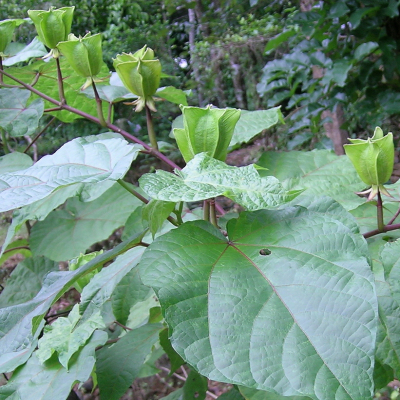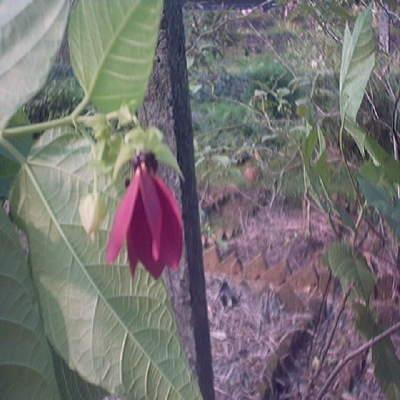Distribution and Habitat: India, Java, Philippines and China.
Botany: A shrub or small tree with velvety branches.
- Flowers: 5cm diameter, dark red, axillary & pedunculate
- Capsule: Almost 4cm long, 5-angled, 5-winged, obpyramidal, finally glabrous, thrice as long as the persistent calyx.
- Seeds: Enveloped in light cottony wool, albuminous and numerous.
Properties: Uterine tonic, antidiabetic, expectorant, uterine tonic and emmenagogue
Chemical constituent: Taraxerol, Friedelin, β-Sitosterol, α-Amyrin, Lupeol etc. Roots contain abromine, Abromaseterol, holine,betaine, β-sitosterol and stigmasterol. Leaves have octacosanol, β -sitosterol acetate and long chain fatty acids. Seed oil is rich in linoleic acid and it lowers cholesterol level in blood.
Uses: It is used in sores and abscess, as uterine tonic, regulate menstrual flow, regulate urinary troubles, bronchitis etc. Leaves are used in rheumatoid joint pain, diabetics and sinusitis. The root wood and bark are emmenagogue and used in amenorrhea, It is used as uterine tonic, congestive and nervous dysmenorrhea etc
Propagation: Seeds


